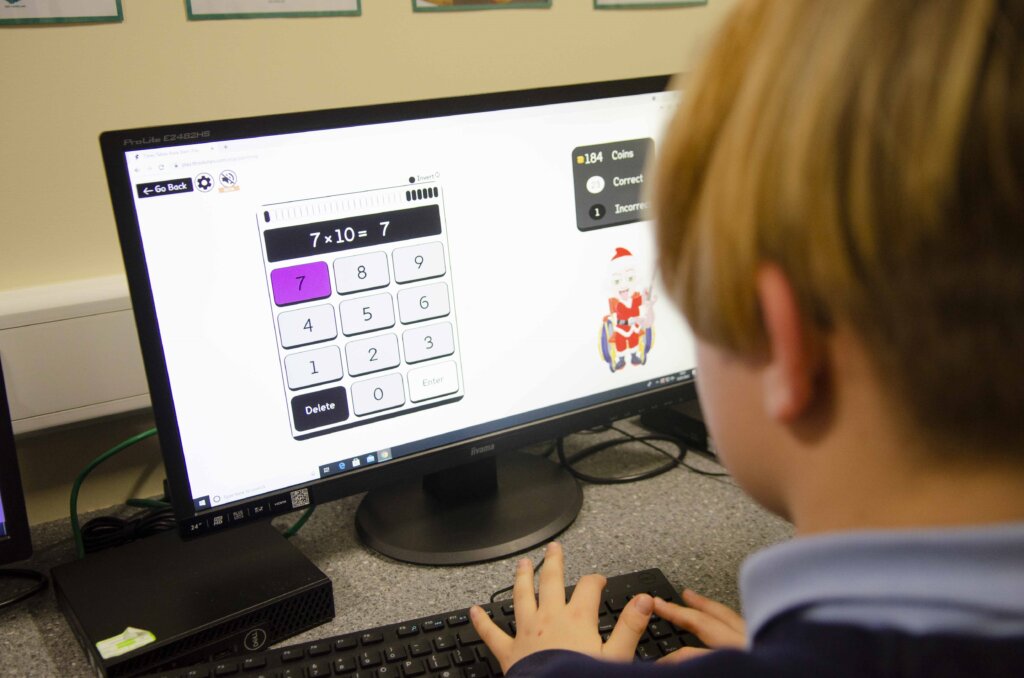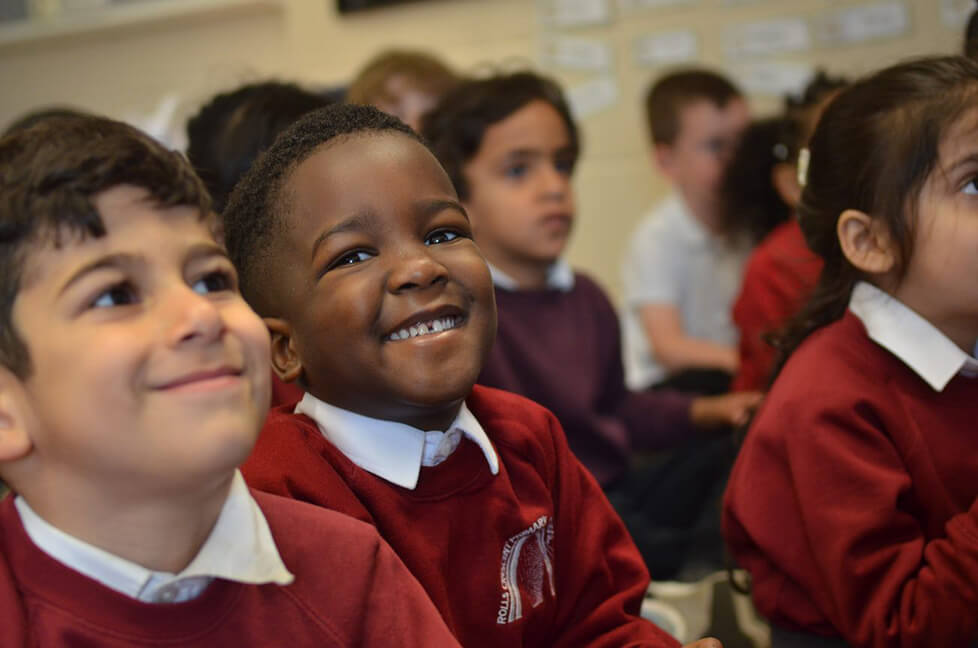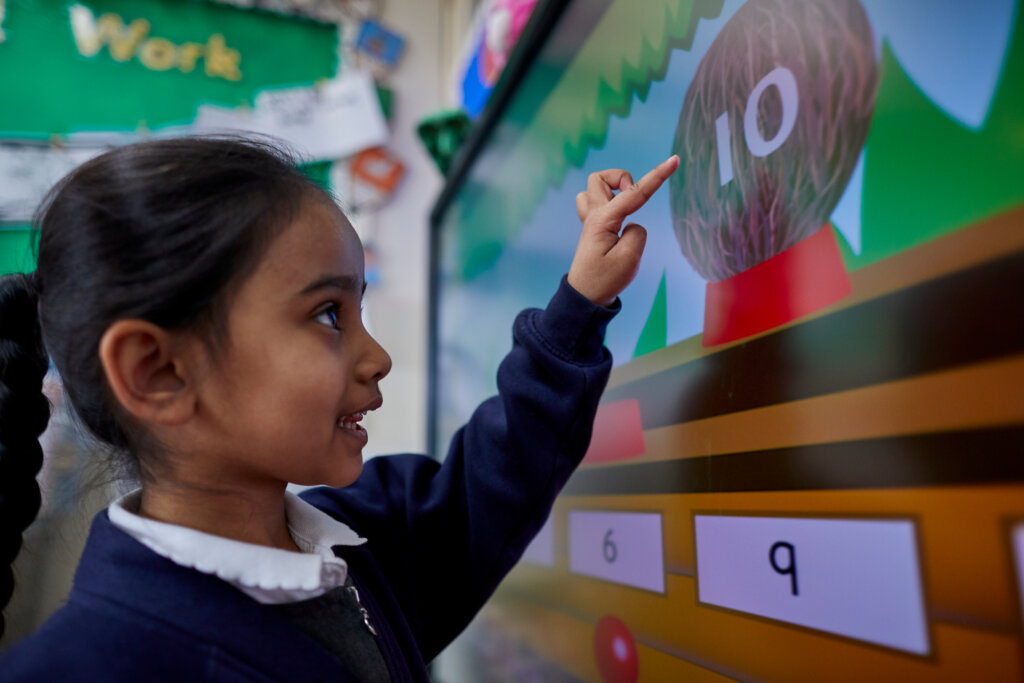Protecting Children From Harmful Sexual Behaviour with RSE
At the annual conference held by the National Education Union (NEU), teachers and school leaders highlighted the importance of strengthening Relationships and Sex Education (RSE), following concerns about the alarming trends of young people accessing pornograhy and sharing explicit images in schools.
According to the NSPCC, one in twenty children of primary school age have shared nude images with each other. For children in secondary school, the figure is one in eight. Recalling ‘a really horrible set of incidents,’ Jon Reddiford, a teacher from north Somerset, told the conference about his own experience dealing with these issues. He explained that ‘girls were taking explicit photos of themselves and sending them to their boyfriends, which were then being shared around. It later emerged that pressure was being put on the girls by their boyfriends to do this.’ Reddiford added that the school could have handled the situation much better, had they had more time, space, and resources dedicated to RSE.
Delegates expressed particular concerns about the harms of pornography, but felt they did not have the proper training to counter its influence. Research shows that fifty-one percent of 11-13 year olds have seen pornography, rising to seventy-nine percent for 16-17 year olds. Dr Mary Bousted, joint general secretary of the NEU, explained that pornography projects a distorted view of sex and sexual relationships, often acting a source of ‘intimidation, pressure and confusion’ for young people. Therefore, professionals agree that a strong RSE curriculum is essential for teaching young people what healthy relationships look like.
To tackle these issues, delegates unanimously passed a motion calling for properly resourced, high-quality RSE in schools, as well as giving teachers the time, resources, and training to ensure RSE is embedded and makes a real difference.
What Role Can Teachers Play in the “Mindset Revolution?”
For years, the rates of self-harm, eating disorders, and mental health conditions amongst young people has been steadily on the rise. Following the pandemic, the youth mental health crisis has only gotten worse, after everyday routines were disrupted and opportunities to learn and socialise were largely eliminated. Data shows that between April and September 2021, referrals for children and young people’s mental health services increased by eighty-one percent compared to the same period in 2019.
Alarmingly, and yet somewhat unsurprisingly, research shows that fifty percent of teachers do not feel confident helping pupils with their mental health. In the same survey, almost all respondents felt it was important to receive mental health training. However, more recent findings show that more than a third have had no mental health training at all.
A recent report published by the Reform think tank addresses this issue, arguing that mental health training should be included as part of initial teacher training by establishing modules and specialist routes for teaching PSHE. Titled “A Revolution in Mindset: Addressing the Youth Mental Health Crisis After the Pandemic,” the report states that existing PSHE lessons and pastoral programmes provide schools with the opportunity to support pupils’ mental health by ‘teaching skills such as emotional regulation and self-control that will enable pupils to proactively respond to physical, social and health issues as they arise.’ To ensure PSHE achieves this objective, the report recommends that it is transformed into a universal, timetabled lesson, allocated at least one hour per week, with training for teachers that equips them with new expertise.
However, some school leaders argue that whilst teachers are eager to receive more training, they also want to prioritise teaching and learning, and cannot be expected to fill the gap left by an overworked and under-funded mental health service. For example, primary school head Michael Todd warns that putting more responsibility onto teachers, already burdened by high workloads and burnout, will be seen as a ‘cheap solution,’ given the scale of the problem.
As the spring term draws to a close, we encourage readers to take the time to re-energise and refresh. Whilst the wellbeing of our pupils is always our main priority, we cannot protect their welfare without first taking care of our own. Have a lovely break and we will see you when you are back in school.















